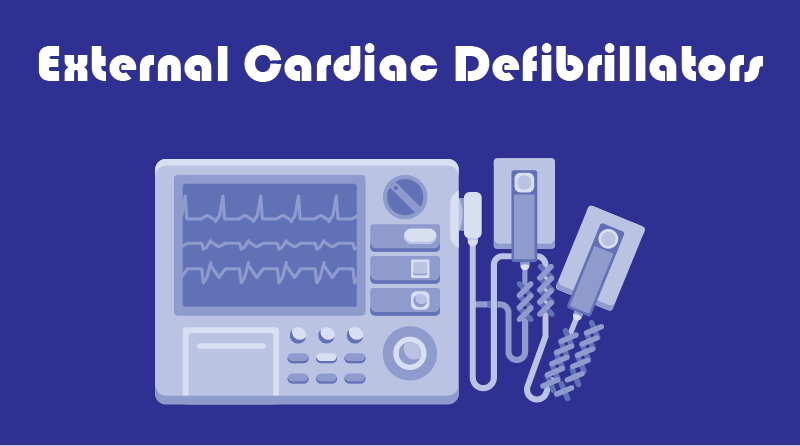Defibrillators provide an electric pulse or a shock to the heart to restore a normal heartbeat. They’re used to prevent or treat arrhythmias, which are irregular heartbeats that are either too rapid or too slow. If the heart stops beating unexpectedly, defibrillators can restart it. Defibrillators can be used in a variety of situations. The objective of automated external defibrillators (AEDs), which may be found in many public places, is to save those who have had a sudden cardiac arrest. In an emergency, even inexperienced onlookers can also operate these devices.
Other defibrillators can help those who are at high risk of dying from life-threatening arrhythmia. There are two different types of defibrillators: implantable cardioverter defibrillators (ICD) and wearable cardioverter defibrillators (WCD). ICDs are surgically implanted inside the body, while WCDs are worn on the body. Adjusting to life with a defibrillator requires time and effort, and it’s vital to be aware of the risks and complications that can develop.
When Is It Necessary to Use an External Defibrillator?
Defibrillators are used to recover people who have had a sudden cardiac arrest. This usually happens when the electrical activity of the heart is disrupted, resulting in a dangerously fast heartbeat (ventricular tachycardia) or a fast and irregular pulse (ventricular fibrillation). Your heart won’t pump adequately and may possibly stop if you have one of these abnormal heart rhythms.
If you don’t get treatment within minutes, your brain and other essential organs won’t get the blood and oxygen they require, and you could die. The sooner your heart’s regular rhythm is restored, the more likely your brain and other organs will be spared permanent damage. If you’re having ventricular fibrillation or ventricular tachycardia and a defibrillator is available, an observer or a family member can use it to push your heart back to a normal rhythm, perhaps saving your life.
What Is the Best Way to Utilise an External Defibrillator?
- Examine the patient to see if they are breathing and have a pulse.
- If you can’t feel the person’s pulse and they aren’t breathing, contact 102. If there are more than one person present, one should dial 102 while the other prepares the external Defibrillator. If you’re alone, call 102 or first to confirm an ambulance is on the way.
- Switch on the AED. The automated external defibrillator will show you specific commands on how to check for breathing and a pulse, as well as where to place electrode pads on the person’s chest.
- When the pads are in place, the defibrillator detects the person’s heart rhythm and determines whether or not a shock is required. If that’s the case, the machine instructs the user to take a step back and press a button to initiate the shock. If a shock isn’t required, the AED is set to not give one.
- If CPR is still required after the shock, begin immediately. The AED will also instruct people on how to perform CPR. The procedure can be repeated as many times as necessary until emergency responders arrive.



